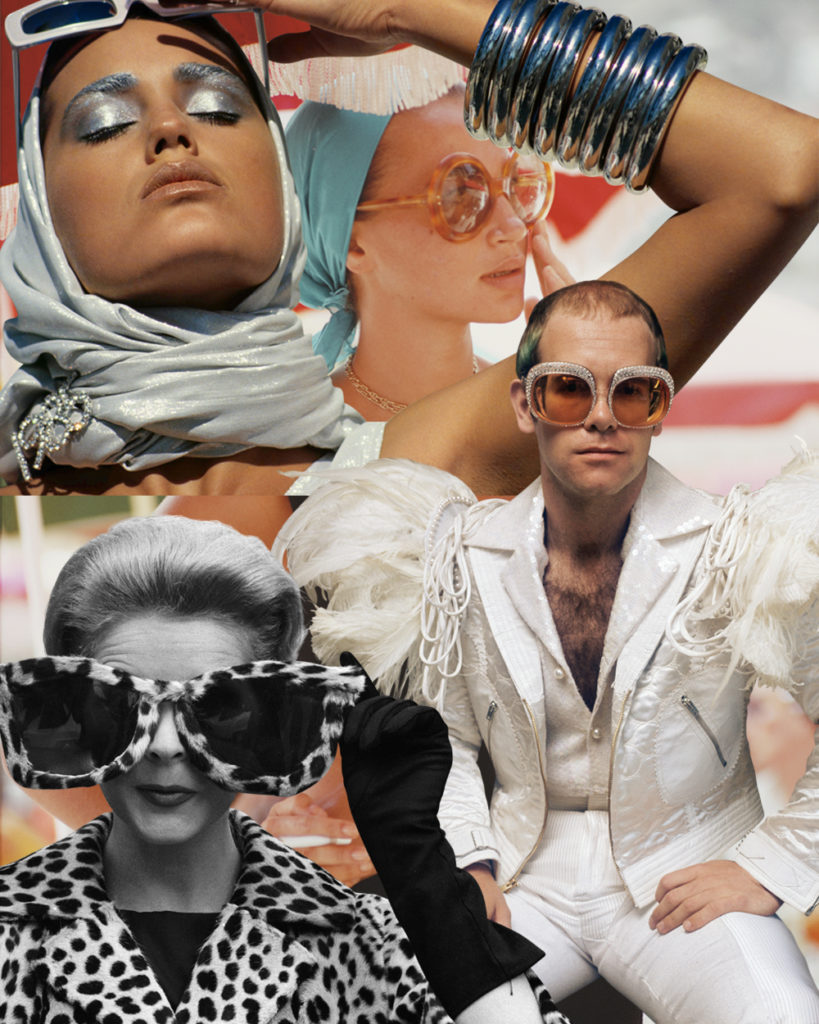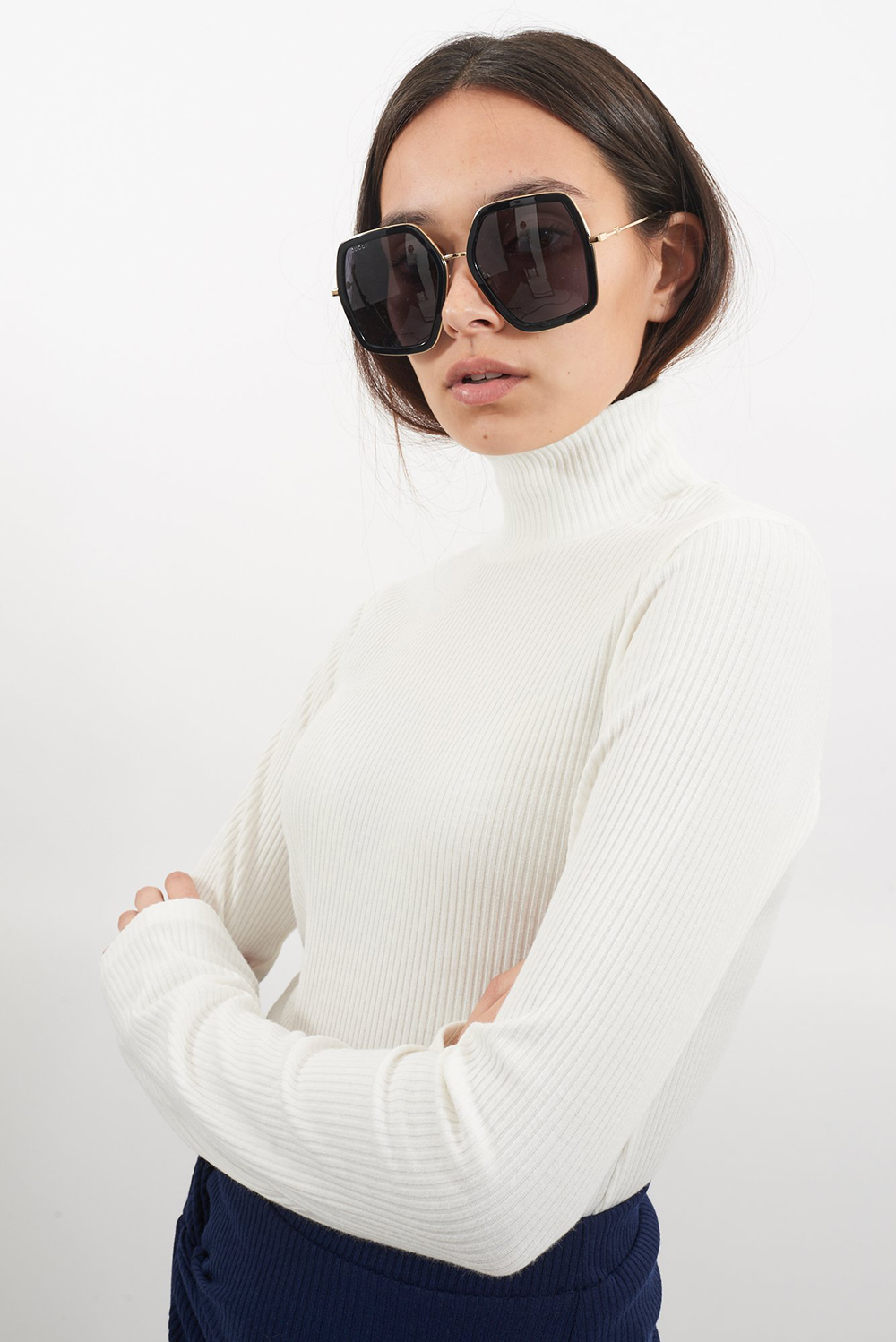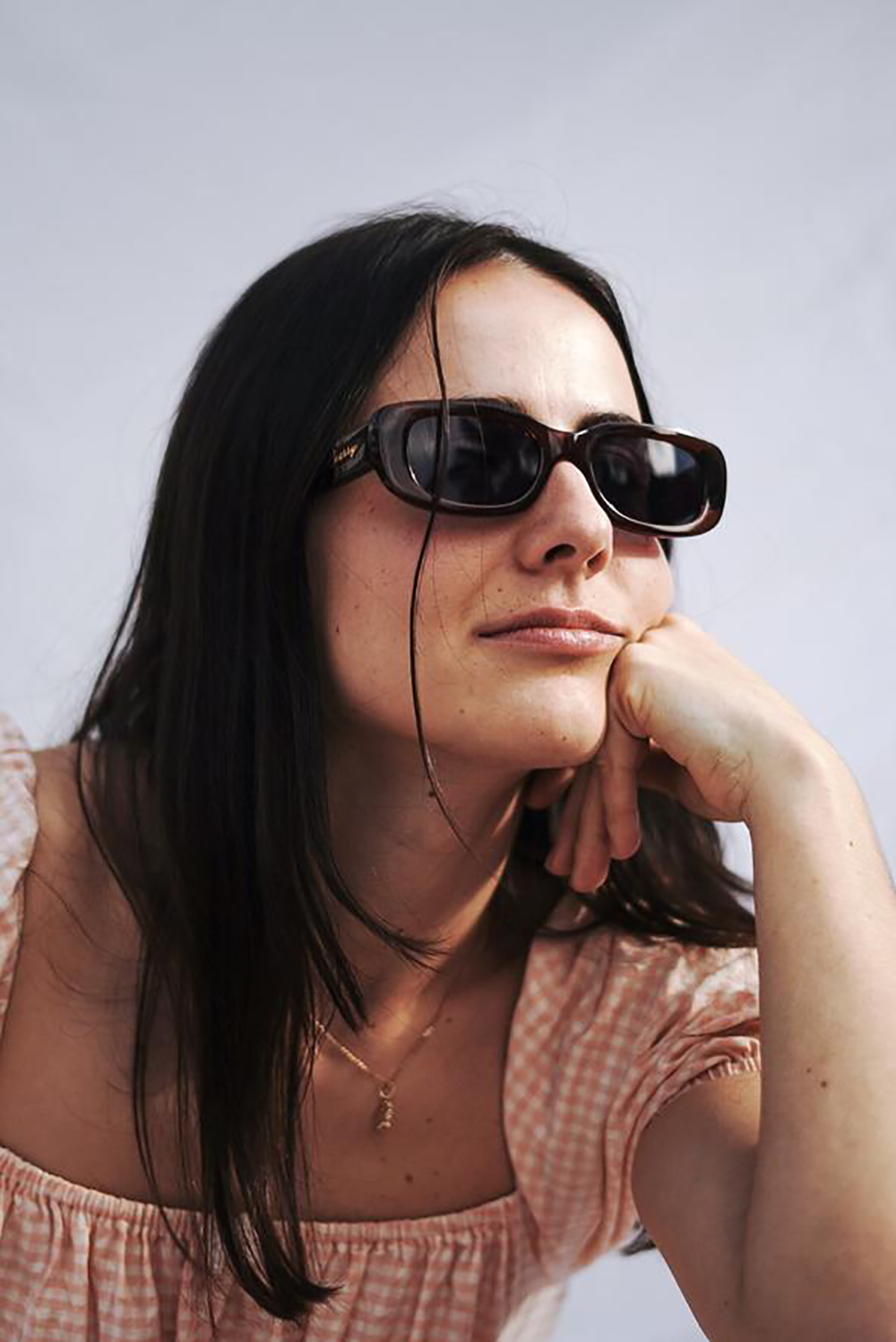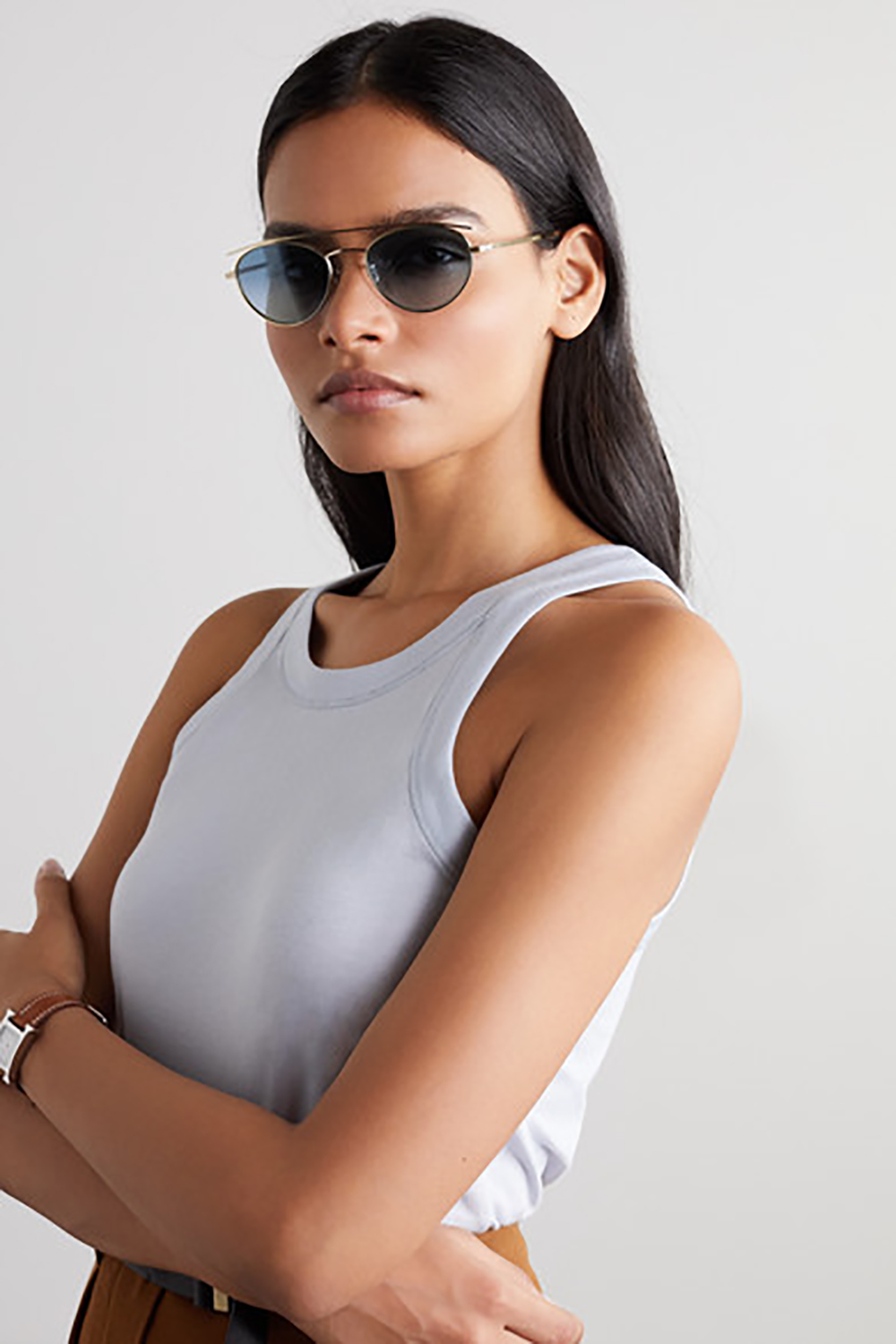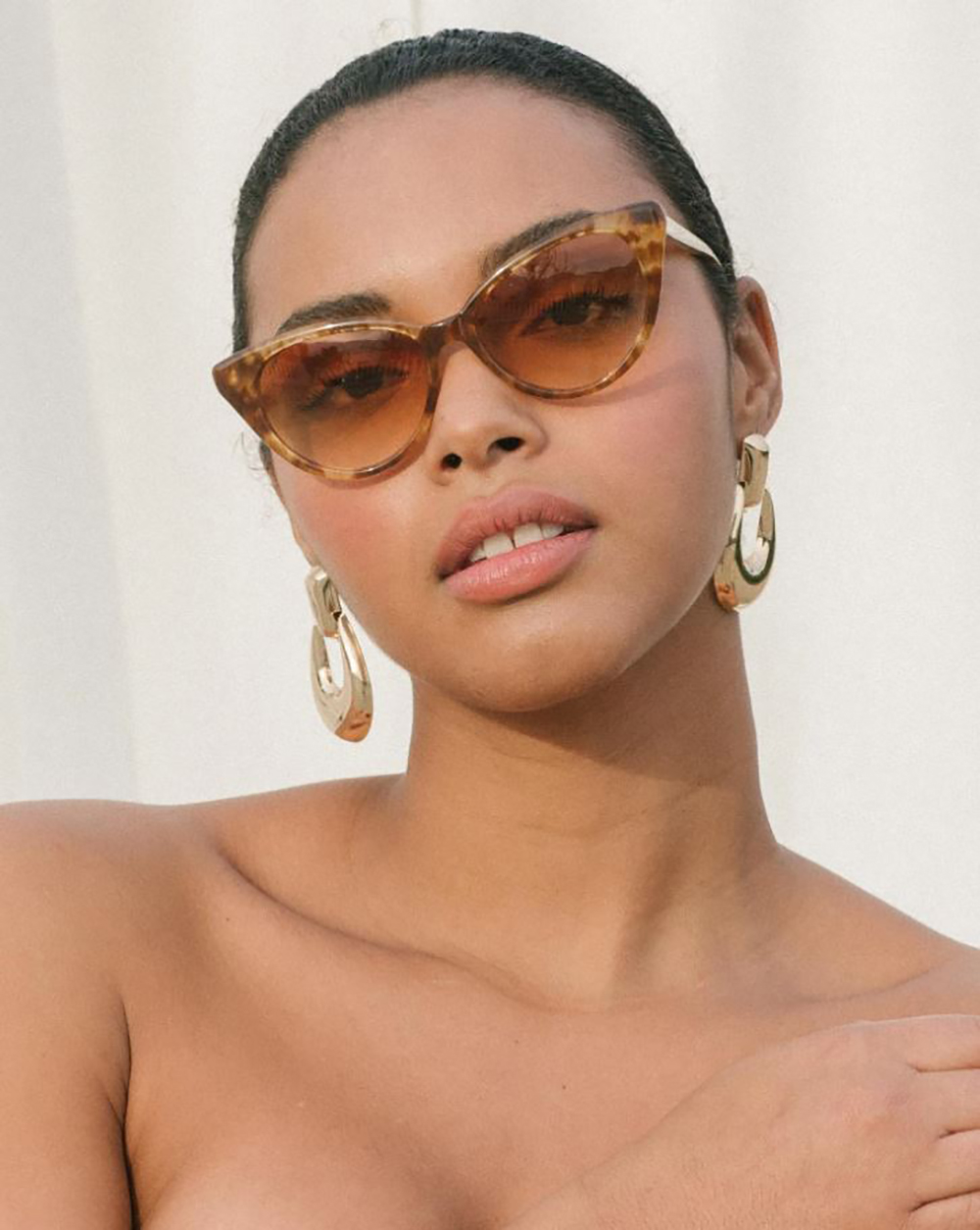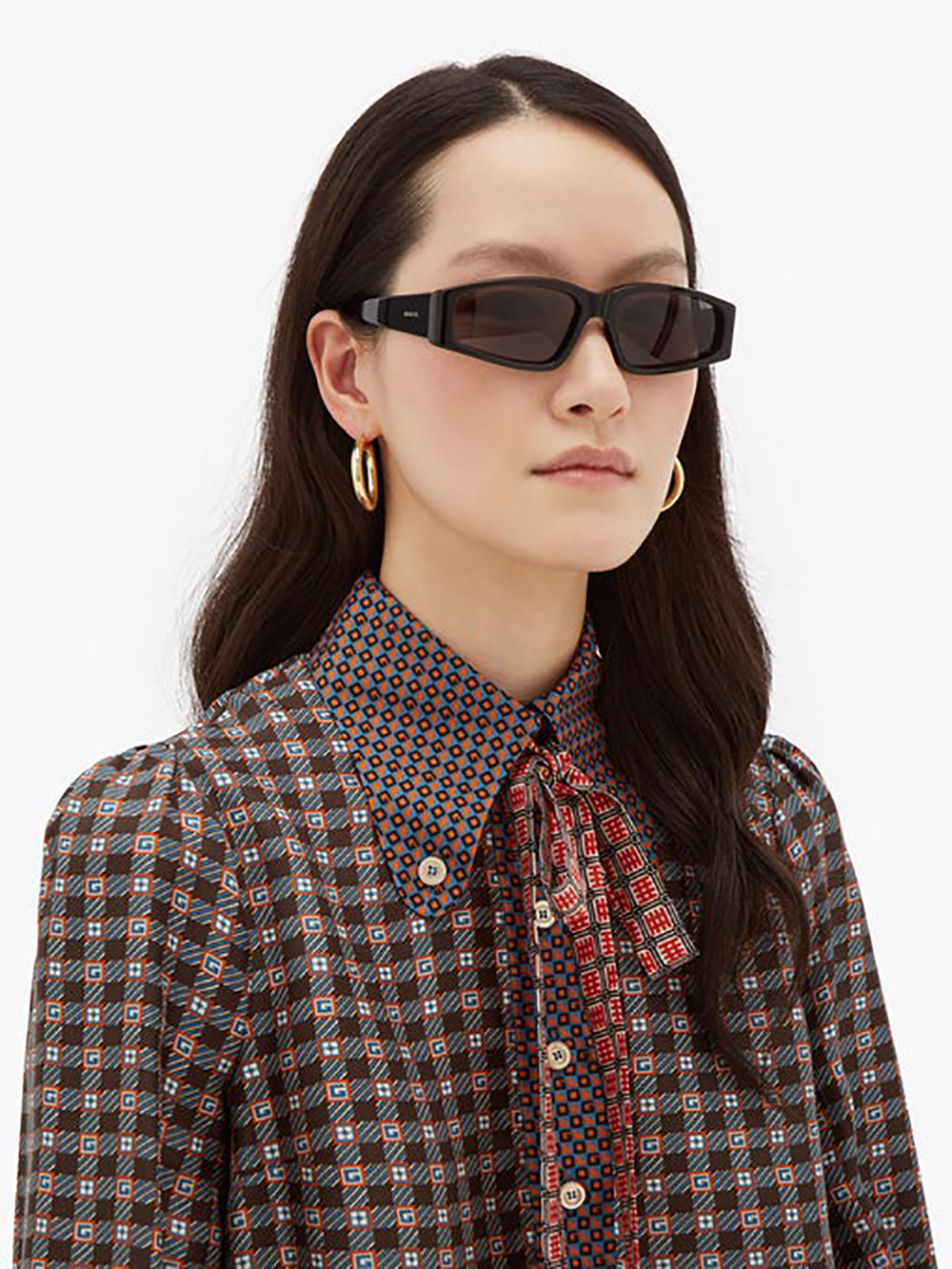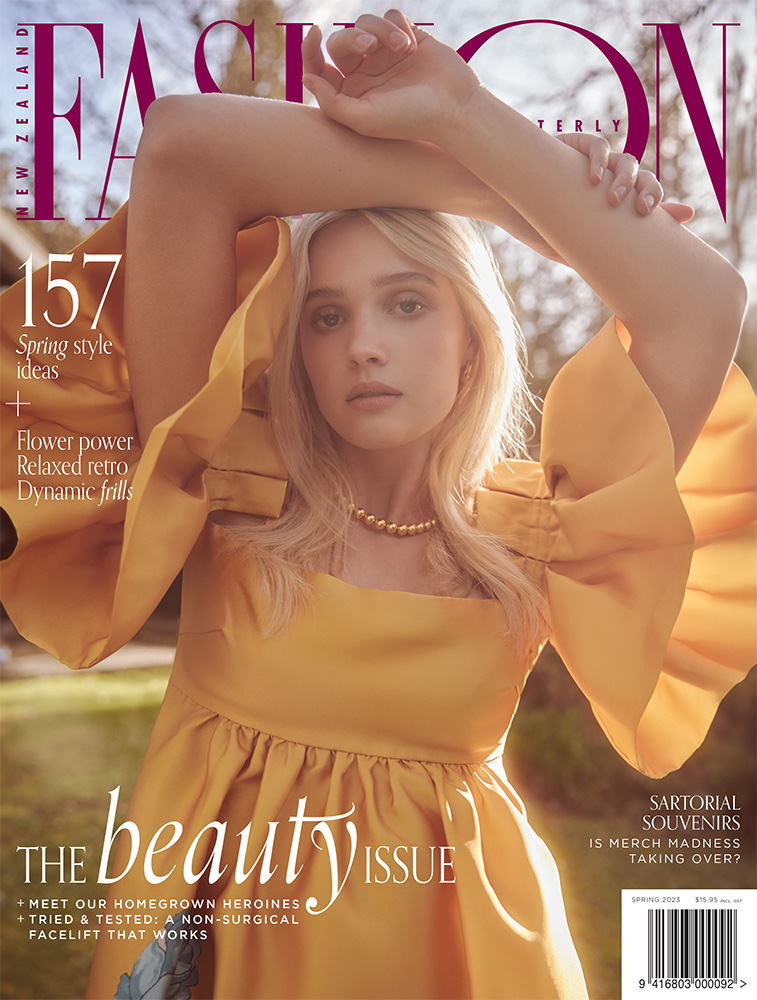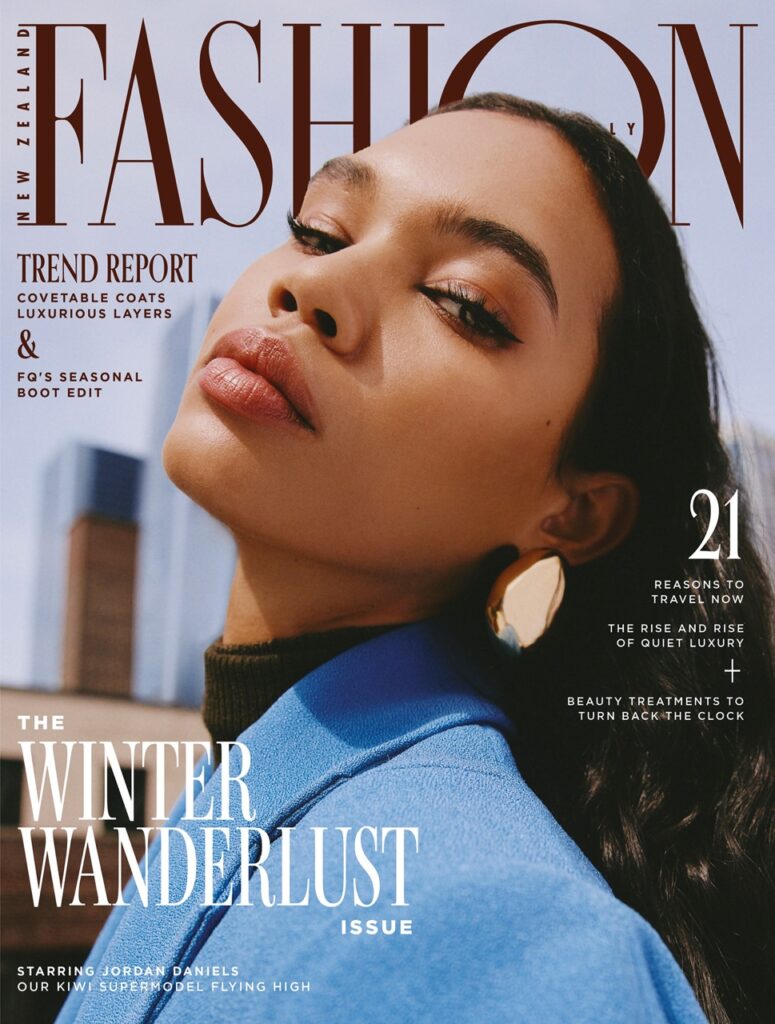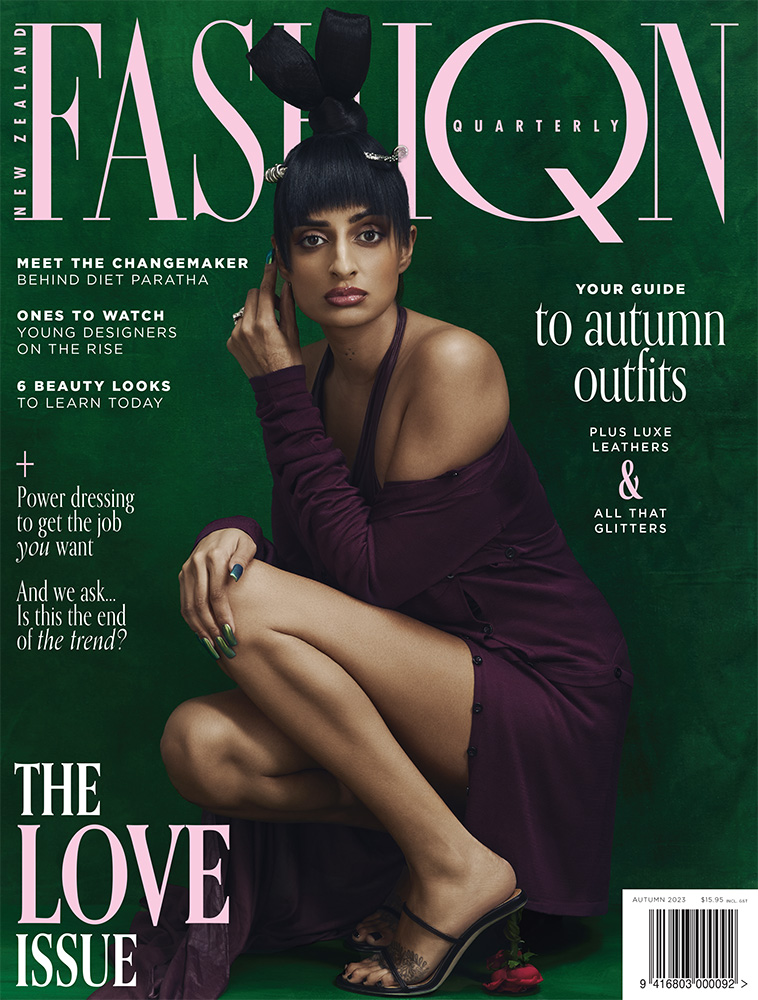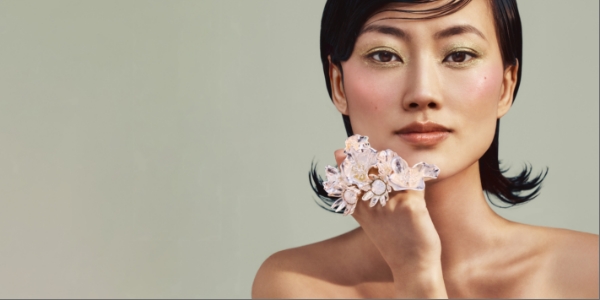
A unique combination of style and science, eyewear has evolved through history to become a must-have accessory.
Prehistory
Although eyewear is a reasonably modern invention, the earliest evidence of prehistoric styles comes from the Inuit people, who shielded their eyes from snow glare by cutting a slit through a piece of bone, typically walrus, worn across their eyes.
Antiquity
Rather elaborately, Roman emperor Nero is said to have watched gladiator competitions through a large emerald, well before green-tinted lenses became all the rage in 18th-century London. Ancient Romans studied eyesight and knew how to amplify objects through water, but had not yet invented magnifying lenses.
1000s
Arab mathematician, astronomer and physicist Ibn al-Haytham pioneered the study of modern optics during his life in Cairo, writing an influential physics book, the Book of Optics, that drastically transformed the world’s understanding of light and vision before spectacles were invented.
WATCH: Iconic Fashion Trends From The Past Century
1100s
In China, some of the first recorded sunglasses had lenses made of a quartz mineral called tea stone, said to improve vision. Commonly worn by judges, some sources claim the lenses were, in fact, more popular for masking the expression of the wearer than enhancing their vision.
1200s
In Venice, a guild of ‘crystal craftsmen’ made an art form out of large rock-crystal magnifying lenses, which were placed over objects for viewing. This technique was developed into some of the first spectacle styles in Europe, which involved balancing two spectacles either side of the nose, with no arms to secure them to the head. The original inventor of spectacles has been lost through time but the customers are easily agreed on, with monks, clerks and lawyers all needing to spend extended time reading and writing.
1400s
The invention of printing increased demand for reading glasses by new book owners. To keep up with demand, eyewear was made with glass, rather than crystal. There was still one obvious flaw, though: without any attachments, wearers couldn’t enjoy activities hands-free while wearing spectacles.
1500s
Eyeglasses became more elaborate and varied, with frames made of wood, tortoiseshell, ivory, silver and gold. The bridge was now fixed, which was less fiddly than a rivet but still required a balancing act. Trends in China called for larger glasses with elaborate carvings.
1600s
Advancements in ophthalmology made spectacles increasing accurate and accessible, and by 1650, they were wheeled out by pushcarts all over Europe. Many were made with the German method of flat-rolled metal cord, which was readily available, and they often had leather straps or strings threaded through the frame, so they could be secured to the ears.
1700s
Spectacles as we know them, with temple arms, were patented by London optician Edward Scarlett. As they became widespread, they were stigmatised, seen as being worn by the weak. In China, however, Confucian ideals, which respect elders and reward bettering yourself through education, saved spectacles from being considered silly. Some even wore fake lenses for show.
1800s
In Europe, daintier eyewear, including quizzing glasses, monocles, opera glasses and lorgnettes (with one long handle) were treated like jewellery, and a marker of the upper class. Often adorned with precious stones, they became a decadent accessory. For more practical spectacles, thin, wire frames became the norm.
1900s
The invention of ivory substitute celluloid in the previous decade extended the market of eyewear with unique colours and effects. With the proliferation of open cockpits in planes and top-down
cars, safety glasses with side shields had to be fine-tuned, and cycling glasses made to hug the face looked startlingly futuristic.
1920s
In the early 20th century, modern sunglasses were invented, and in 1929, Sam Foster began selling the first mass-produced shades on boardwalks on the Jersey Shore. In sunny Hollywood, round sunglasses shone on stars, who modelled chic ways to wear shades.
1930s
Introduced in this decade, the most important technological improvement to sunglasses were polarised lenses that further reduced glare and the risk of eye damage. Although spectacles were still rather conservative and owl-like in shape, the first pantoscopic frame was designed, making it easier to angle frames on hinging to flatter the face.
1940s
Aviator sunglasses, distinctive for their double bridge, were invented in the ’10s, but in this decade the US Air Force popularised the look with the AN6531 style. Associated with American heroism, it was soon to become a coveted style.
1950s
The production of sunglasses decreased during WWII, but after this, plastic paved the way for fashion eyewear, including the ubiquitous cat-eye style. Cheaper materials were no longer used to imitate more sophisticated styles, but were fun and carefree. Hair-comb craftsmen started to find work in this category, bringing with them shapes of swans and butterflies.
1960s
With eyewear’s new fashion look, designers began to collaborate with optical companies, including a woman of many firsts, Elsa Schiaparelli. As the Mod movement picked up pace, geometric shapes (including large squares) and vibrant colours and patterns (including neon) framed the decade. Towards the end of the ’60s, over-sized ‘granny glasses’ became a definitive trend.
1970s
Spectacles and sunglasses were now well and truly an expression of personality. Large but more transparent lenses suited free-love fashions. The glam-rock look, popular in particular with showman Elton John, meant the bigger the sunnies to hide behind, the better. And a revival of baroque sensibilities amplified the curvaceousness of designs.
1980s
Maximalist power dressing called for bold sunglasses to match. Darker lenses and jagged angularity were the coolest look and suited contemporary punk styles. Ray-Ban, founded in the ’30s, hit its stride in this decade, with Tom Cruise and Madonna sporting the Wayfarer style.
1990s
The development of thin plastic lenses and a penchant for minimalism meant sunglasses and spectacles got smaller in the ’90s and sporty styles became even more high-tech. Overall, the look was
more conservative and designer logos became the distinguishing factor.
2000s
Jeans and crop tops might have been small in the early 2000s, but glasses were decidedly oversized, beloved by celebrities being followed by a growing crowd of paparazzi. We experimented with every statement shape and colour, while also trying out vintage revamps.
Today
More recently, eyewear styles have been susceptible to a slew of micro-trends, from teeny-tiny sunglasses to retro spectacles. Happily, with fashion’s embrace of the individual, you can now wear any of the many designs with a knowing wink to this long history of self-expression.
Scroll down to see the 5 eyewear styles we are loving at the moment.


